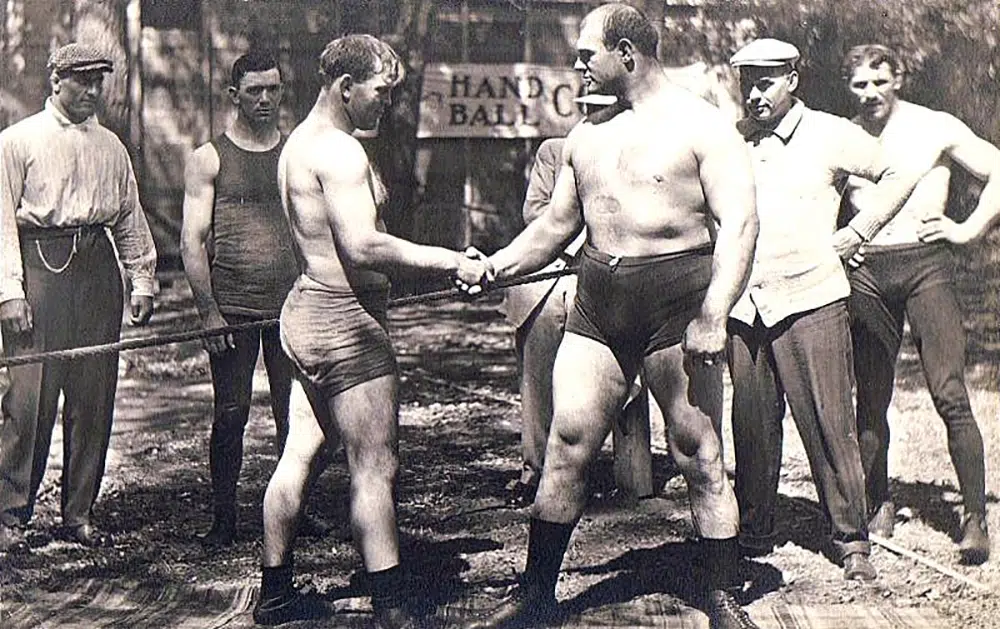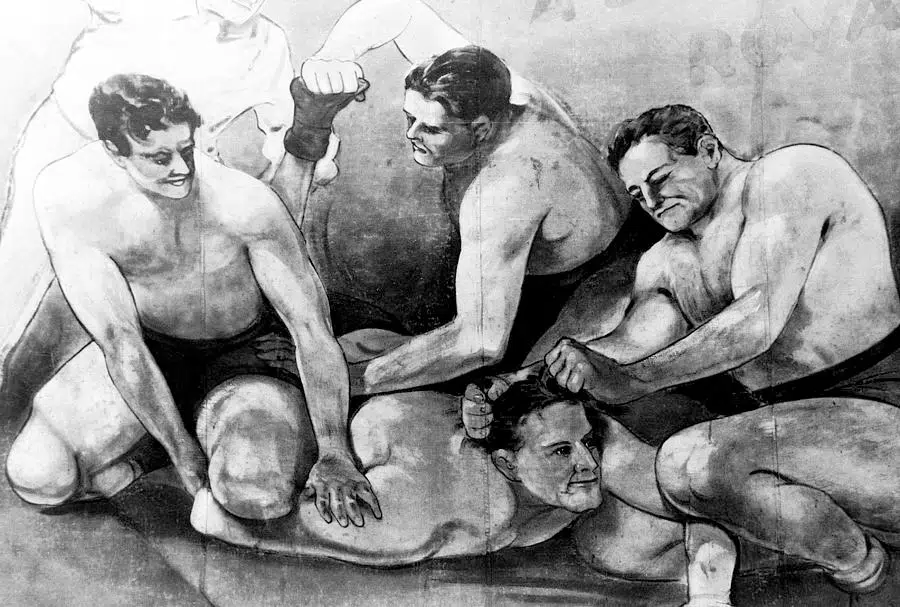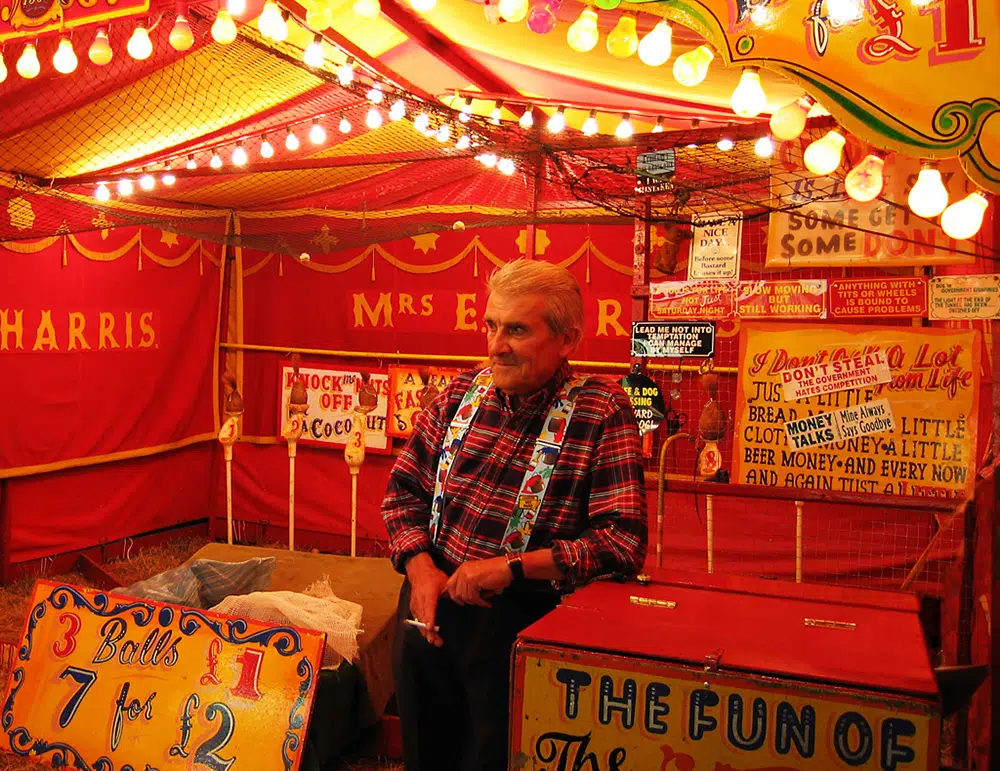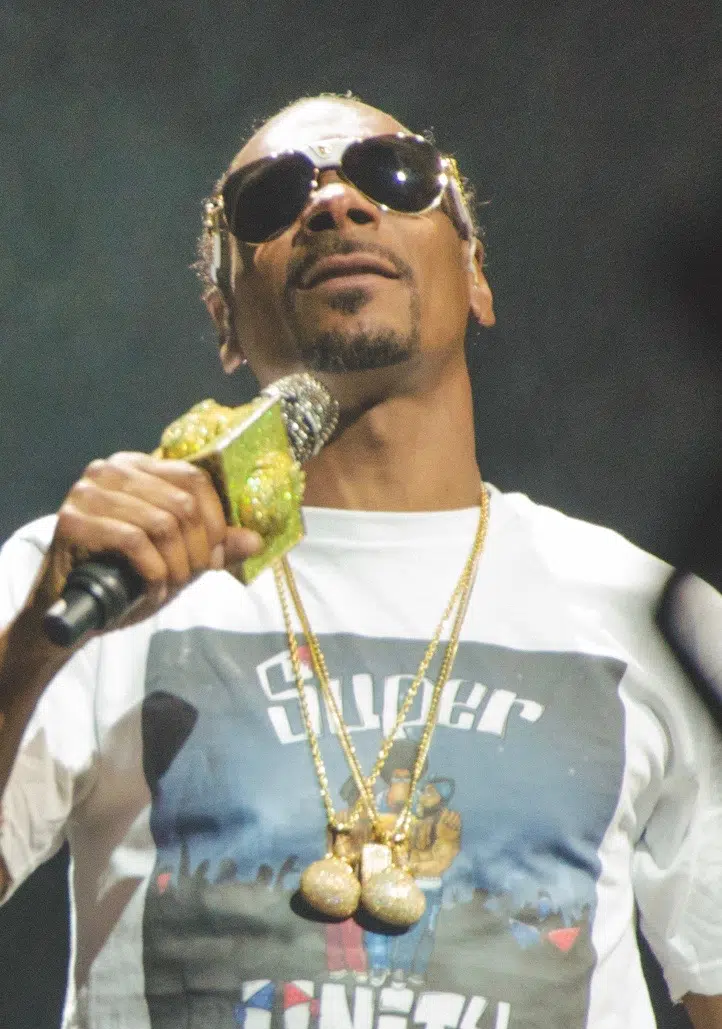Is This Guy The Only Person In The World Who Still Speaks Carny?
Featured in Ripley's Believe It or Not!
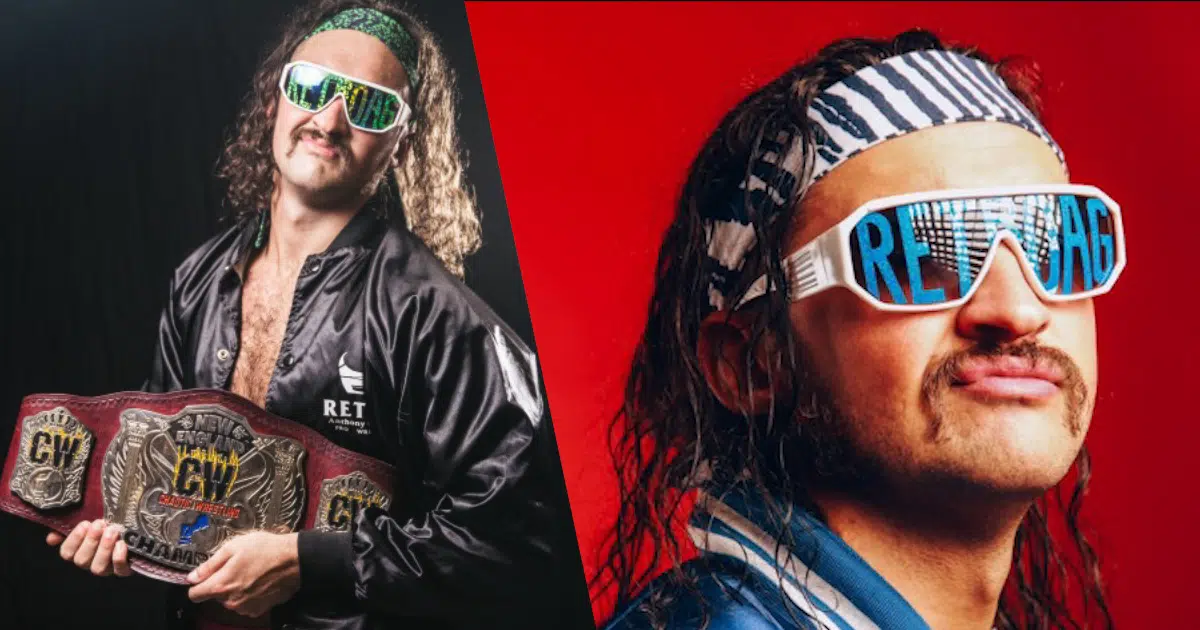
Did you know there exists a secret carnival language spoken by professional wrestlers? It’s called Cizarny (or Cizarnizy).
Or, in English, it’s called Carny. It’s not technically a language, per se, but an argot—sort of like Pig Latin. Ripleys.com was able to track down and speak to a disciple of the old guard of professional wrestling and one of Carny’s last fluent speakers, “Retrosexual” Anthony Greene, who made a quick stop from his “Retrobution Tour” to help us learn a little more about the etymology of this quirky linguistic tradition.



